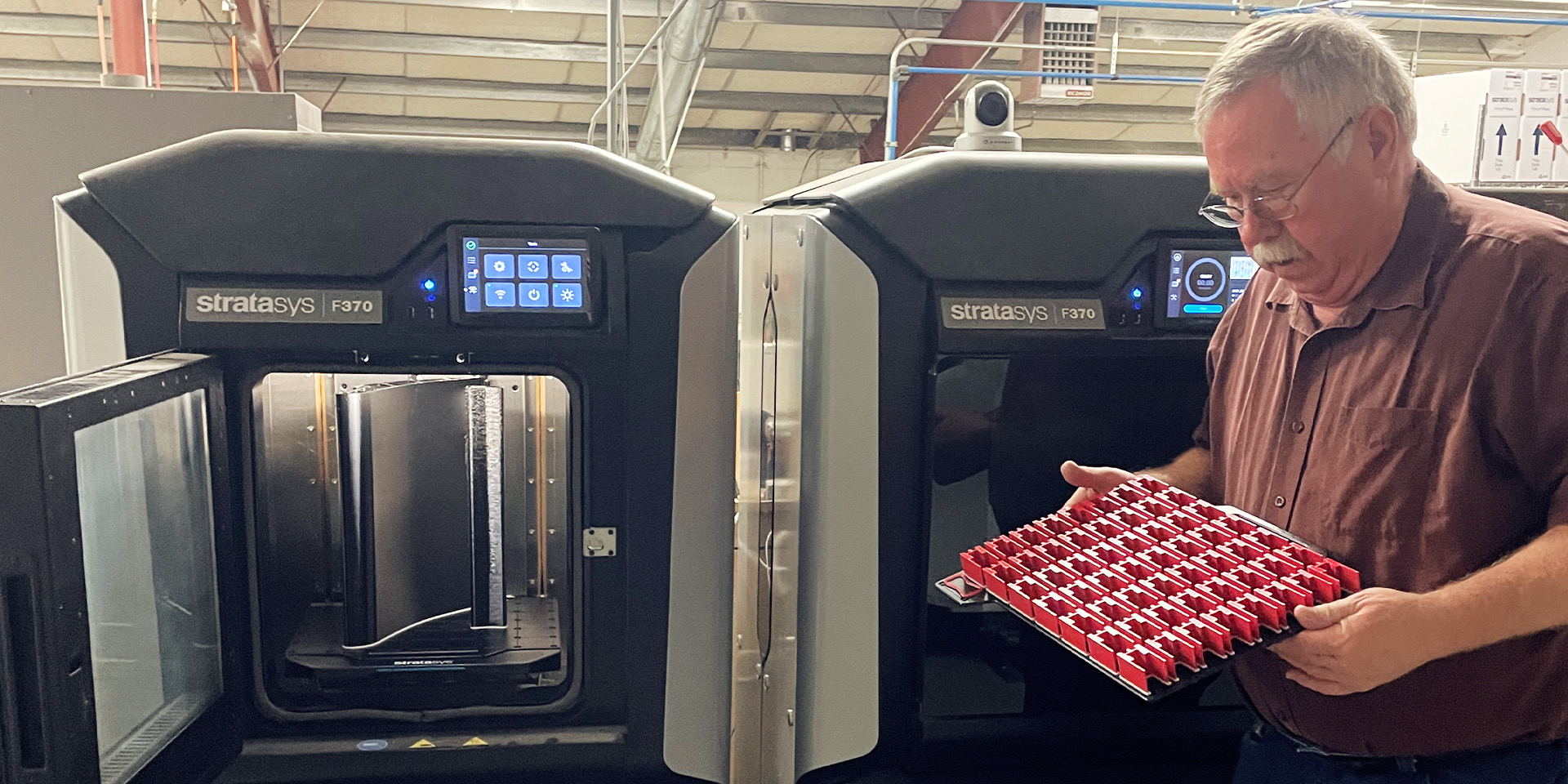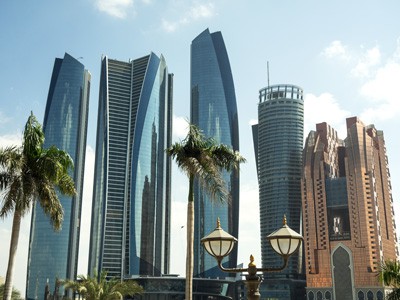What 3D printing process is best for your industry? Whether you are…
Seattle 3D Printing Company
3D Printing Dubai’s Museum of the Future
Large scale 3D printing has proven itself capable of amazing things. One…
3D Printing Goes to the Big Game
The Super Bowl is approaching, which means that fans all over the…
3D Printing Saves the Life of a Five-Year-Old Girl
Five-year-old Mia Gonzalez was born with a congenital heart defect known as…
Chinese Company Prints Chocolate Sculptures
Many groups have already experimented with using chocolate as a material for…




